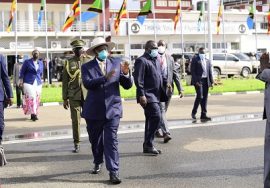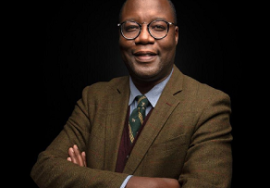
United States Inflation! What Fed 0.75% hike means for Uganda’s economy: Experts opinion..
The Federal Reserve on Wednesday launched its biggest broadside yet against inflation, raising benchmark interest rates three-quarters of a percentage point in a move that equates to the most aggressive hike since 1994.
Ending weeks of speculation, the rate-setting Federal Open Market Committee took the level of its benchmark funds rate to a range of 1.5%-1.75%, the highest since just before the Covid pandemic began in March 2020.
Stocks were volatile after the decision but turned higher as Fed Chairman Jerome Powell spoke in his post-meeting news conference.
“Clearly, today’s 75 basis point increase is an unusually large one, and I do not expect moves of this size to be common,” Powell said. He added, though, that he expects the July meeting to see an increase of 50 or 75 basis points. He said decisions will be made “meeting by meeting” and the Fed will “continue to communicate our intentions as clearly as we can.”
Commenting on the hikes Thursday, Deputy Secretary to the Treasury Patrick Ocailap said that holders of U.S assets globally are likely to move their assets back to the US.
“If those who have been participating offshore by bringing in their assets to our treasury bonds and all, get out, it means then that the exchange rate kicks in pressure upwards and that’s what we have to watch,” Ocailap said.
However, he was quick to say that there should be any panic because “we trust the central bank will be able to use monetary policy to manage the assets (not to cover the costs) but “I think we will be able to manage and maintain our levels of reserves to a decent level to help us leave in the crisis.”
According to Dr. Fred Muhumuza, an economist and lecturer at Makerere University, investors are taking back their dollars to the U.S not to do business but to lock them up.
Stephen Kaboyo, the Managing Director Alpha Capital Partners, said the hike means that the interest rate between Uganda and the United States and other markets narrows.
Given the hike, Kaboyo projects a weaker currency and that the Shilling Vs dollar is likely to be at 3950 by the end of Quarter I. This, Kaboyo says, is even worsened by the increasing prices of crude oil.
Kaboyo notes that the hike also means that the government will need more dollars to service the debt obligation that “we have.”






